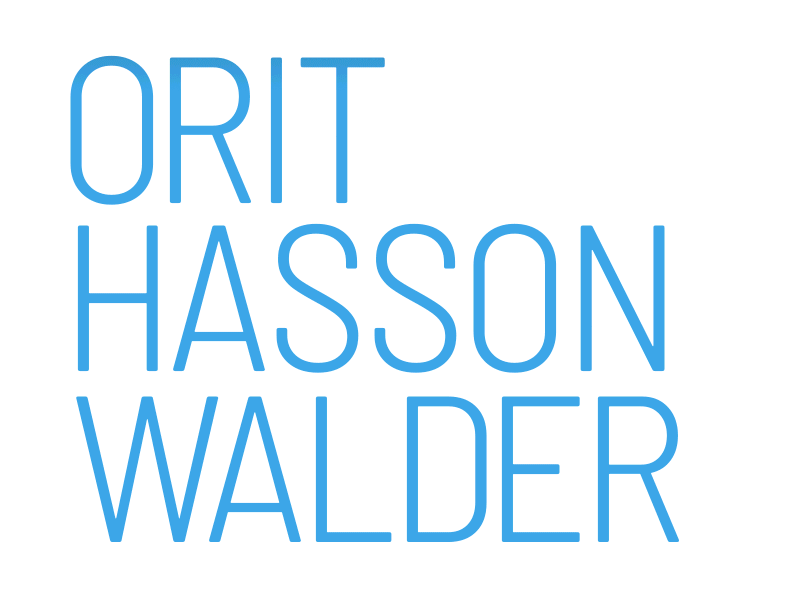X –An artistic response to the protest by the Ethiopian community
A new exhibition at the Ramat Eliyahu Art Workshop turns its gaze on the Ethiopian community’s struggle. The title, X, or “Ix, Ex,” is a reminder of the gesture of the crossed arms at the mass protests as well as “x-ing” someone out, nullifying them, whether referring to rejecting blood donations or rejecting potential tenants.
On view are woven police barricades by Inbal Egoz; colorful geometric flags inspired by ceremonies and parades, by Gili Avissar; “X-tra Large” T-shirts, by the Gar’in Kehillati Rishon Lezion (a community-based core group) in collaboration with fashion designer Efrat Besandilov; and series of photographs by Gidon Agaza and by Meir Wigoder.
The majority of the photographs on view are by photographer Gidon Agaza, who documented the protests by the young people of the Ethiopian community through various visual images: the protesters’ performative gestures and crossing the arms, symbolizing being unarmed and demonstrating peacefully not with violence.
Meir Wigoder’s photographs from the 1970s are exhibited along with Agaza’s more contemporary photographs. Wigoder documented protests by the Israeli Black Panthers and their confrontations with the law. Some of his photographs were filmed at the very same site – the Tel Aviv-Yafo Municipality building. They seem to be a footnote from a different era, placing the current protest in the perspective of time and place. Their installation examines the differences and similarities in the acceptance or rejection of a particular group, in its exclusion by the broader society and in a feeling of non-belonging, as well as the relationship with the institutions of the law.
The protest by the Ethiopian community is relevant to veteran native-born Israelis since it challenges the “melting pot” concept, one of the most charged values on which Israeli society is founded since its inception. The current protest is also an opportunity to illuminate the points at which the delicate threads are unravelled and challenged, the imaginary bonds intended to bind together various ethnic groups with the state and its institutions.
Over recent years, numerous exhibitions engaged in the politics of color, emigration and immigration, especially focusing on markers of culture and tradition. Others addressed the gestures of protest and physical and formal appearances in the public space. The current exhibition is not a general statement on racism, otherness, or blackness, although it does turn a gaze on a particular group of citizens present in Israel in this space and at particular times. They march in protest, they block roads, and fill up streets and city squares. The issue of acceptance and visibility in the public space is re-opened when such a group renews its demand for its place in this country.
